SUMMARY
This is AI generated summarization, which may have errors. For context, always refer to the full article.
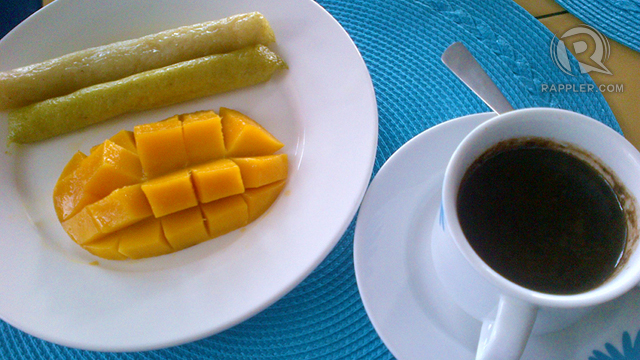
MANILA, Philippines – Visayas is a dessert haven, also because it is home to the country’s sugar capital, Negros Occidental.
During my 7-week backpacking trip and other shorter trips in the region, I sampled sweet treats worth coming back for:
1. Mangoes
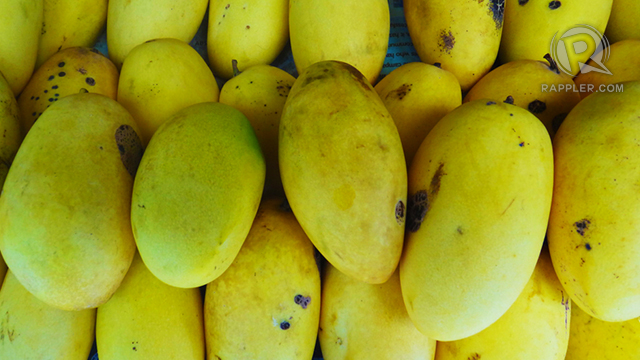
Feast on them fresh in Guimaras, dried in Cebu.
Guimaras is reputed to have the sweetest mangoes in the Philippines, thanks largely to their meticulous way of growing of the fruit. The farmers are so keen in maintaining quality that they do not allow other mangoes — even seeds — to be brought to the island to avoid contamination.
Dried mangoes are the next best thing, and this delicacy is aplenty in Cebu.
2. Suman

Suman, rice cake wrapped in banana leaves, is a classic delicacy that has interesting versions in the Visayas.
There is the budbud in Negros Oriental, which always comes in pairs (see lead photo). It is a breakfast staple best eaten with mango and sikwate (hot chocolate). A more expensive version is budbud kabog, made from millet seeds.
There is also ibos in Panay Island provinces, glutinous rice and coconut milk poured in pre-made coiling palm or nipa leaves, then steamed. Then there’s suman balintawak in Biliran, made of white and black rice.
3. Calamay

This sweet treat from Bohol is deceptively simple since it is made only with 3 ingredients: coconut milk, ground glutinous rice and brown sugar.
The hours of stirring make calamay a labor of love, and ensure it is evenly cooked and consistently delicious. Preparing calamay from scratch can take 4 hours.
4. Binagol
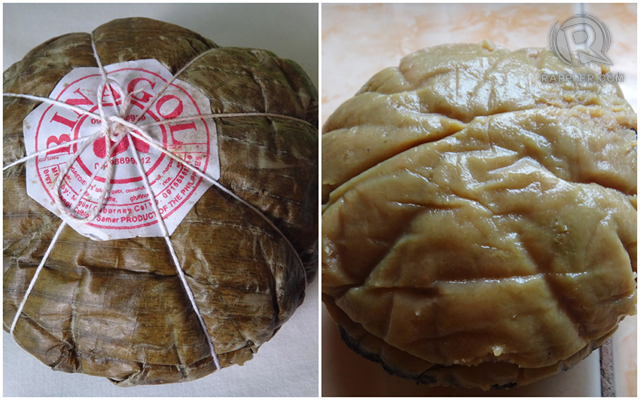
Binagol — a delicacy of Leyte and Samar — is a pudding made from the root crop talyan, which looks like a giant gabi (taro). Its name is derived from the word bagol, which means coconut shell.
Binagol is steamed in coconut shells. It is cooked with coconut milk, condensed milk, eggs and sugar. It also usually has nuts. It is sweet and sticky, though not as sticky as calamay.
5. Other kakanin like bibingka and baye-baye
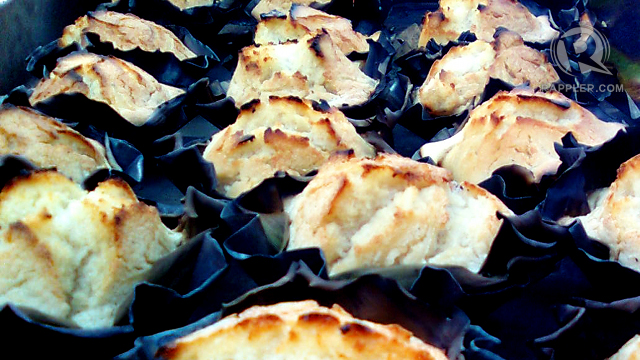
Roam the public markets and streets in Visayas and you will find a plethora of kakanin (native delicacies usually made of rice and/or coconut).
There’s bibingka sold in Cebu City’s streets, a lighter (and cheaper) version with ground rice and coconut milk, compared to the more cake-like bibingka in Luzon.
There’s puto maya (sweet sticky rice with coconut milk, much like suman) in Negros, baye-baye (ground and toasted pinipig or pop rice with young coconut) and more.
6. Piaya

Piaya is a flat, unleavened bread with muscovado sugar filling, simple but crispy and tasty. It is one of the famous delicacies in Negros Occidental, the Philippines’ sugarcane capital. It can, however, be found in other provinces in Western Visayas.
Piayas with different fillings such as ube (purple yam) are also available. In Guimaras, mango piayas are quite popular.
Here is a video of a vendor making ube piaya in Bacolod:
7. Cookies like biscocho and barquillos
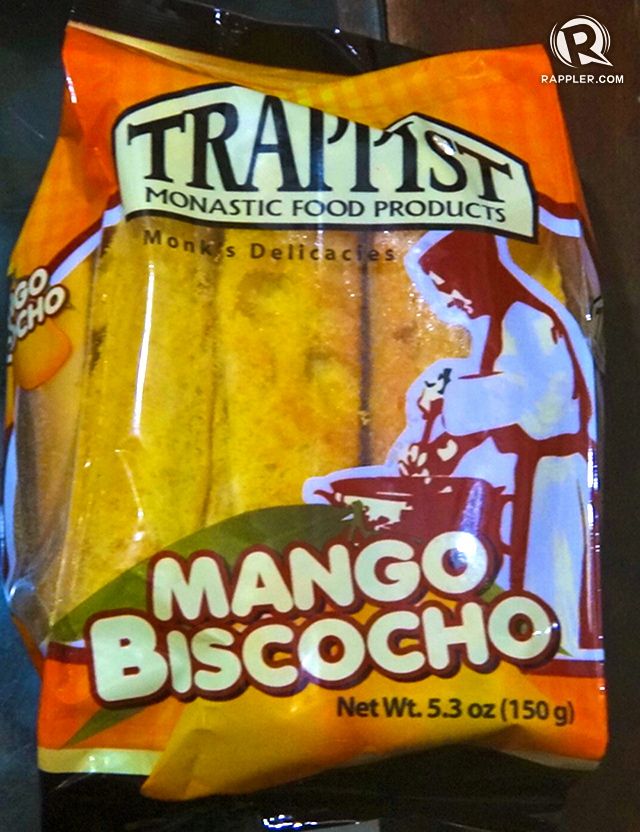
Sweet and crunchy biscocho and barquillos are popular, specially in Iloilo.
Biscocho is a sweet toasted bread glazed with butter and topped with sugar, while barquillos is a cookie made simply from flour, eggs, sugar and oil but rolled to wafer-thin crispness.
Here is a video on how barquillos in Iloilo are made:
8. Pinasugbo
Made from wafer-thin bananas generously coated with caramelized sugar and sprinkled with sesame seeds, pinasugbo is a chewy and crunchy treat popular in Iloilo, Bacolod and much of Western Visayas.
Eating pinasugbo can be quite a challenge, though, as the caramel coating makes the banana pieces stick to one another, to their paper cone wrapper or your teeth.
9. Cakes and other desserts
While these are readily available in Manila and other areas around the Philippines, Visayas’ versions have become quite popular that they have made it into tourists’ must-try lists.
a. Silvanas at Sans Rival, Dumaguete City, Negros Oriental

Creamy and chewy with just the right sweetness, Sans Rival’s classic buttercream silvanas are a much-demanded pasalubong from Dumaguete.
b. Cakes at Calea, Bacolod, Negros Occidental
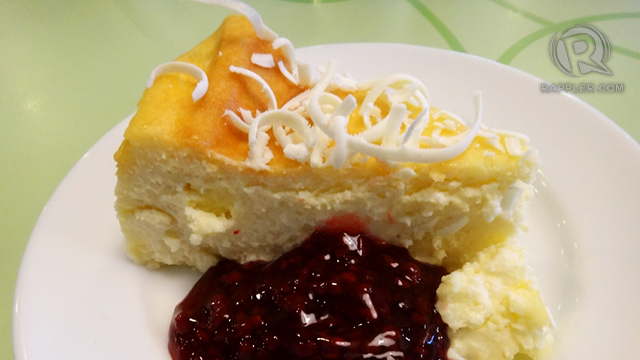
In Bacolod’s sugarland, Calea is the place for cakes. Calea gets tourists raving — even Manila visitors who are not deprived of cakes, with cafes and cake shops all over the metro.
c. Warm brownie cup at La Marea, Cebu City, Cebu
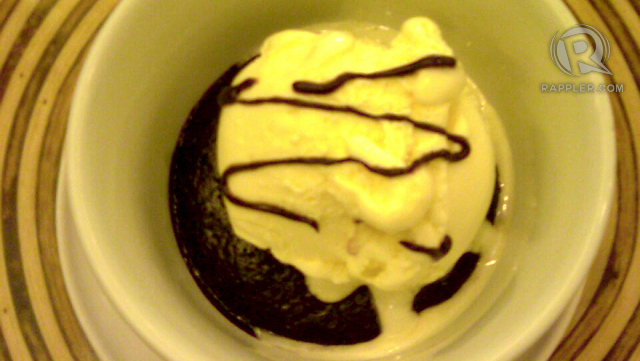
This is no ordinary brownie: it is soft, gooey and undoubtedly chocolate-y. The warmth of the brownie blends perfectly with the coolness of the vanilla ice cream.
Next time you are in the Visayas, be sure to try at least one (or more) of these sweet treats! – Rappler.com
Claire Madarang is a writer, traveler and seeker. Traveling takes her on adventures like backpacking for 7 weeks straight. Seeking leads her to different wellness practices like meditation and healthy (mostly vegetarian) eating. Follow her adventures, tips and epiphanies at her blog, Traveling Light.
Add a comment
How does this make you feel?






There are no comments yet. Add your comment to start the conversation.